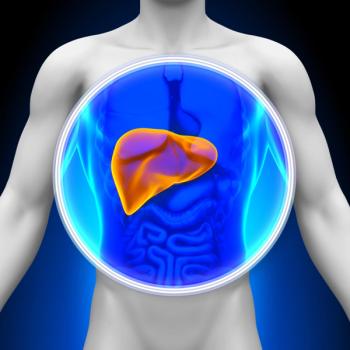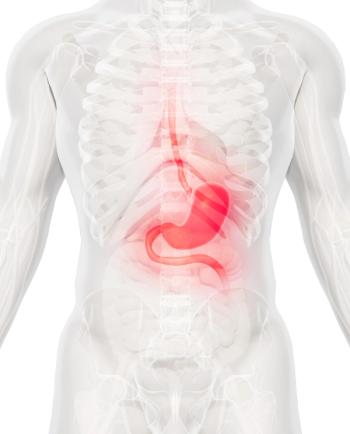
Can CT-Based Biomarkers Help Guide Pancreatic Cancer Therapy?
An imaging-based biomarker may offer a way to personalize treatment for pancreatic ductal adenocarcinoma.
An imaging-based biomarker may offer a way to personalize treatment for pancreatic ductal adenocarcinoma (PDAC), according to a new study published online ahead of print on August 23 in
“Personalized treatment of patients with PDAC has been limited by the dearth of validated biomarkers,” wrote study authors led by
CA 19-9 is the only prognostic biomarker approved for use by the U.S. Food and Drug Administration, but it is limited to only a select subset of patients.
“There is an unmet need for predictive biomarkers for PDAC that indicate benefit from local therapies, such as radiation and surgical resection,” the authors wrote.
They previously identified computed tomography (CT)-based biomarkers for PDAC. Those classified as “high-delta” exhibit an abrupt change in Hounsfield units between the tumor and the normal pancreas; “low-delta” tumors exhibit no such change. A type I response to preoperative therapy occurs when the tumor remains or becomes well defined at the tumor-parenchyma interface; a type II response, in contrast, is when the interface becomes less defined.
The new study included 33 patients with treatment-naive PDAC and one or more high-risk features; of the full cohort; 45% underwent pancreatectomy. The median age at diagnosis was 63 years, and 64% of the cohort was male. Patients received a modified FOLFIRINOX regimen consisting of oxaliplatin, irinotecan, and fluorouracil. Subsequent to a six-cycle regimen, patients with a performance status of 0 or 1 and no evidence of distant progression received chemoradiation therapy.
The median overall survival in the study was 24 months; those who did not undergo pancreatectomy had a median overall survival (OS) of 14 months, compared with 42 months in those who did.
Ten of the patients had low-delta tumors, while 23 had high-delta PDAC, based on CT imaging. Patients with high-delta tumors had a lower three-year progression-free survival (PFS) rate, at 4%, than those with low-delta tumors, at 40%. The same was true for three-year OS rates, at 20% and 60%, respectively (P < 0.05 for both).
Patients who had a type II interface response had a 0% three-year PFS rate, compared with 29% for those with a type I response; again, the same held true for three-year OS rates, at 16% and 47%, respectively (P < 0.001 for both).
“Our data indicate that the novel imaging-based delta classification and interface response of PDAC warrant additional investigation as predictive biomarkers for surgical benefit,” the authors concluded. “The results also emphasize the need for new systemic agents and personalized approaches to push the therapeutic envelope for localized disease.”
Other experts consider the results to be promising. “Imaging-based predictive tools for borderline resectable pancreatic cancer patients have potential to improve selection for pancreaticoduodenectomies and improve patient outcomes,”
Newsletter
Stay up to date on recent advances in the multidisciplinary approach to cancer.
































































































